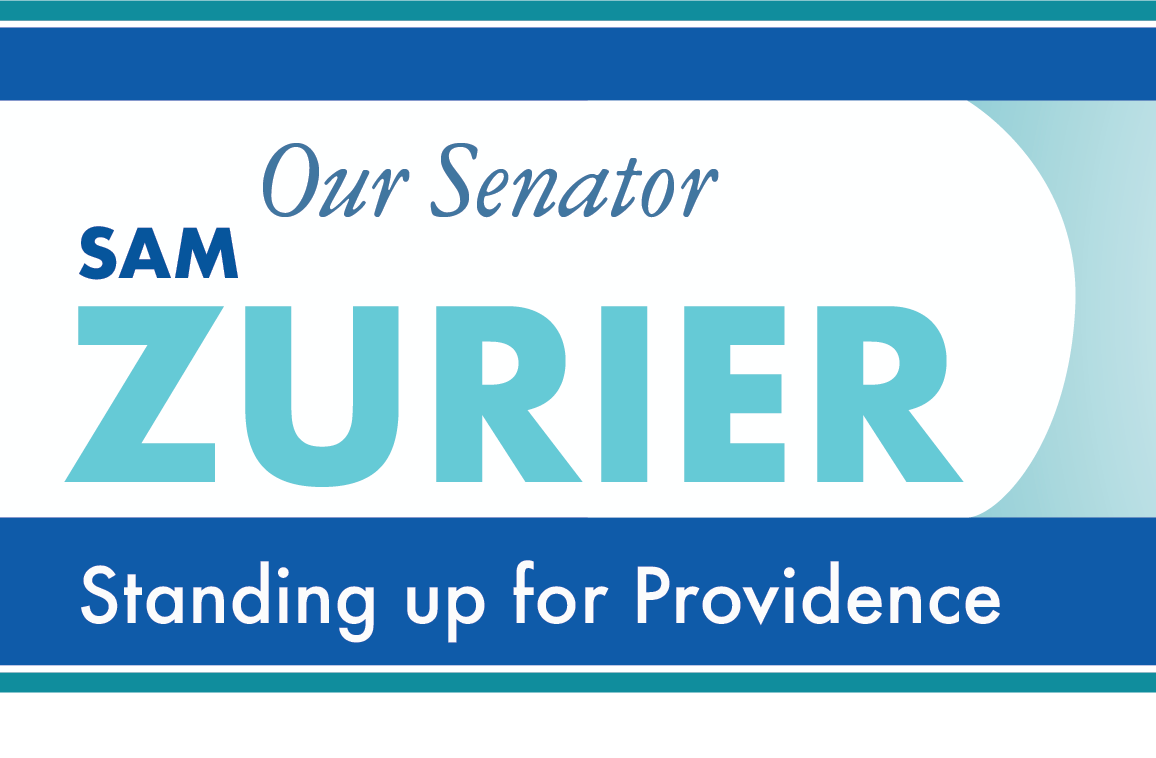I hope you had a meaningful chance to connect with family and friends during our Thanksgiving holiday. As we move into the holiday season, our thoughts can turn to those in need, and last week’s House Finance Committee hearing was no exception.
This past Monday night (Nov. 22), I attended my first Senate Finance Committee meeting. The meeting was the last of a series that the Committee held to review the Governor’s proposal for spending the first 10% of the $1.12 billion American Rescue Plan Act funds Congress appropriated to the State in March. (The Senate Fiscal Office prepared a staff review of the Governor’s proposal, which you can read by clicking here.) The Governor’s $113 million “down payment” proposal includes initiatives in three general program areas: (1) business supports ($45 million), (2) child care and childhood health ($38.5 million) and housing ($29.5 million). Monday night’s hearing was the seventh that the Finance Committee held concerning the Governor’s proposal, and the agenda called for public testimony concerning several “safety net” components, including child care, elderly care, and health care for the indigent who do not qualify for Medicaid or other government programs.
The witnesses, who consisted of providers of these “safety net” services that depend upon government funding, testified for close to five hours. While the testimony covered a broad range of subjects, there were common themes. Many of these services were facing acute staffing shortages that were straining the capacity and, in some sectors, creating waiting lists and/or a lack of capacity to serve those in need. The witnesses traced the staffing shortages to inadequate State reimbursement rates to providers, which the witnesses described as having persisted for years. The witnesses described the Governor’s proposal, which proposed retention bonuses and other immediate forms of financial relief, as necessary to address the current service shortages, but inadequate to address the long-term deficits in reimbursement rates. When pressed for specific estimates of the long-term costs, one witness suggested that it may require the entire $1 billion federal funds budget to implement an adequate solution, although it also is possible that some or all of these programs will receive additional robust federal funding if Congress approves the “Build Back Better” bill currently under debate.
The Committee members who spoke generally agreed with the witnesses’ diagnosis of the short-term staffing and funding gap, assuring the witnesses that the Committee was committed to approving this component of the federal funds budget promptly. Many of the witnesses, however, pushed for more, noting that that they had testified to the same urgent needs at another hearing three weeks before, and that the General Assembly had not taken action in the interim. To demonstrate an example of the cost of delay, some witnesses described the erosion of the “early intervention” program for infants and toddlers with developmental disabilities. When the Senate Fiscal Office produced its report (November 2), only five of the State’s nine providers of this service had the capacity to take on new patients. At the time of Monday’s hearing (November 22), only two providers had this capacity. Two days ago (November 26) the Providence Journal reported that none of the State’s providers could take on new patients, even as new cases constantly arose requiring emergent treatment. Even accepting the statements by Committee members of their personal support of prompt action, the witnesses urged them to advocate with their colleagues in the Senate and House to act without further delay.
In the regular budget process that takes place in the Spring, House and Senate leadership (including both Finance Committee chairs) negotiate changes to the Governor’s proposed budget, and the House Finance Committee produces a budget designed to reflect that agreement. The budget is then subject to discuss and amendment in both chambers; however, the scope of changes is of narrowed by the agreements reached before the presentation of the House Finance Committee budget. With that said, the witnesses stated their concern that House leadership has stated that it does not plan to meet until the regular start of sessions in January, which the witnesses asserted could cause many children and families to fall through holes in the safety net.
All of the members of the Finance Committee urged the Chair to advocate with Senate leadership and their counterparts in the House of Representatives to develop an alternative budget for prompt approval. While I do not know enough to assess the scope of the long-term deficits and the options to address them, I believe a “down payment” budget for “safety net” services is urgently needed, and I am hopeful that leadership’s negotiations will bear fruit as soon as possible.
